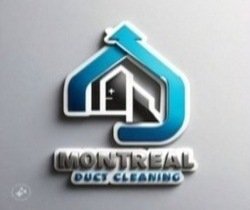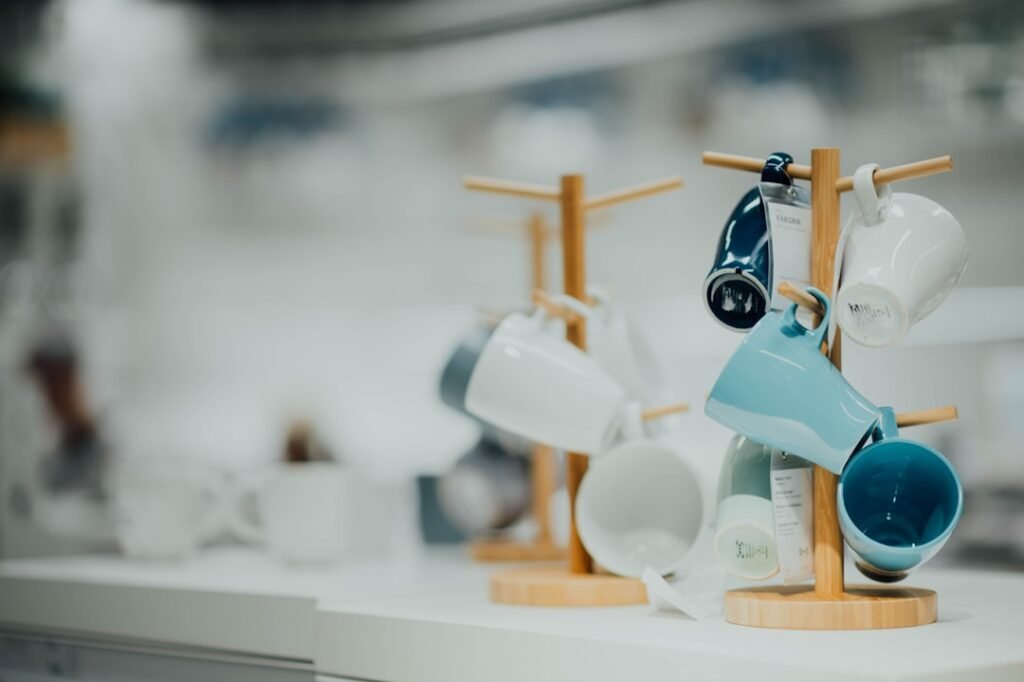Air duct cleaning is a crucial aspect of maintaining a healthy indoor environment. Over time, dust, allergens, and other contaminants accumulate in the ductwork of heating, ventilation, and air conditioning (HVAC) systems. These particles can circulate throughout your home, leading to poor indoor air quality and potential health issues.
By engaging in DIY air duct cleaning, homeowners can take proactive steps to ensure that their living spaces remain free from harmful pollutants. This not only enhances the air quality but also contributes to the overall efficiency of the HVAC system. Moreover, regular cleaning of air ducts can lead to significant energy savings.
When ducts are clogged with debris, the HVAC system has to work harder to circulate air, which can result in increased energy consumption and higher utility bills. By removing obstructions, homeowners can improve airflow and reduce the strain on their systems. This not only prolongs the lifespan of the HVAC equipment but also minimizes the need for costly repairs or replacements.
Therefore, understanding the importance of DIY air duct cleaning is essential for both health and economic reasons.
Tools and Equipment Needed for DIY Air Duct Cleaning
Primary Tools for Effective Cleaning
A high-powered vacuum cleaner with a long hose attachment is one of the most critical items. This vacuum should ideally have a HEPA filter to trap small particles effectively. Additionally, a set of brushes specifically designed for duct cleaning can help dislodge stubborn debris that may be stuck to the duct walls. These brushes come in various sizes to accommodate different duct diameters.
Additional Equipment for Access and Safety
In addition to these primary tools, homeowners may also need a screwdriver or drill to remove vent covers and access the ducts. A flashlight can be invaluable for illuminating dark spaces within the ductwork, allowing for a thorough inspection. Protective gear such as gloves and masks is also recommended to safeguard against inhaling dust and allergens during the cleaning process.
Cleaning and Finishing Touches
Finally, a damp cloth or microfiber cloth can be used to wipe down vent covers and surrounding areas after cleaning, ensuring that no residual dust is left behind.
Step-by-Step Guide to DIY Air Duct Cleaning
The process of cleaning air ducts can be broken down into several manageable steps. First, it is essential to turn off the HVAC system to prevent any debris from being blown around during the cleaning process. Once the system is off, remove the vent covers using a screwdriver or drill.
This will provide access to the ducts and allow for a more thorough cleaning. It is advisable to clean the vent covers separately by soaking them in warm soapy water and scrubbing them with a brush. Next, use a vacuum cleaner with a long hose attachment to reach deep into the ducts.
Start at the farthest point from the HVAC unit and work your way back toward it. This method ensures that any dislodged debris is vacuumed up immediately rather than being pushed further into the system. For areas where dust is particularly stubborn, use a brush to agitate the debris before vacuuming it up.
It is important to pay attention to corners and bends in the ductwork, as these areas often accumulate more dust. After thoroughly vacuuming the ducts, inspect them for any signs of mold or mildew. If any growth is detected, it may be necessary to use a specialized cleaner designed for HVAC systems.
Once all cleaning is complete, reattach the vent covers securely and turn the HVAC system back on. It is advisable to run the system for a short period to ensure that everything is functioning correctly and that any remaining dust is blown out of the vents.
Common Mistakes to Avoid When Cleaning Air Ducts
While DIY air duct cleaning can be an effective way to improve indoor air quality, there are several common mistakes that homeowners should avoid. One significant error is neglecting to turn off the HVAC system before starting the cleaning process. Failing to do so can lead to dust being blown around the home, negating any benefits gained from cleaning.
Additionally, some homeowners may attempt to clean their ducts without proper tools, which can result in inadequate cleaning or damage to the ductwork. Another mistake is not inspecting the ducts thoroughly before beginning the cleaning process. Homeowners should take time to look for signs of mold, pests, or significant blockages that may require professional intervention.
Ignoring these issues can lead to further complications down the line. Furthermore, some individuals may rush through the cleaning process without taking care to reach all areas of the ducts. A thorough approach is essential for effective cleaning; otherwise, residual dust and allergens may remain in the system.
Benefits of DIY Air Duct Cleaning for Improving Indoor Air Quality
Engaging in DIY air duct cleaning offers numerous benefits that extend beyond mere aesthetics. One of the most significant advantages is the improvement in indoor air quality. By removing dust, allergens, and other pollutants from the ductwork, homeowners can create a healthier living environment for themselves and their families.
This is particularly important for individuals with respiratory issues or allergies, as cleaner air can alleviate symptoms and enhance overall well-being. Additionally, regular DIY air duct cleaning can lead to better airflow throughout the home. When ducts are clean and unobstructed, air can circulate more freely, resulting in more consistent temperatures across different rooms.
This not only enhances comfort but also reduces energy consumption by allowing HVAC systems to operate more efficiently. As a result, homeowners may notice lower utility bills and an extended lifespan for their heating and cooling equipment.
Signs That Your Air Ducts Need Cleaning
Recognizing when air ducts require cleaning is essential for maintaining good indoor air quality. One of the most obvious signs is visible dust accumulation around vent covers or on surfaces near vents. If you notice that dust settles quickly after cleaning, it may indicate that your ducts are harboring significant amounts of debris that need attention.
Additionally, if you or your family members experience increased allergy symptoms or respiratory issues when indoors, it could be a sign that contaminants are circulating through your HVAC system. Another indicator that your air ducts need cleaning is an unusual odor emanating from vents when the HVAC system is running. This could suggest mold growth or other organic material within the ductwork that requires immediate attention.
Furthermore, if you hear unusual noises coming from your HVAC system—such as rattling or whistling—it may indicate blockages or loose components within the ducts that need addressing.
How Often Should You Clean Your Air Ducts?
Determining how often to clean air ducts depends on several factors, including household size, pets, and lifestyle habits. Generally speaking, it is recommended that homeowners clean their air ducts every three to five years as part of routine maintenance. However, households with pets may need more frequent cleanings due to increased hair and dander accumulation in the ducts.
Similarly, homes located in dusty environments or those undergoing renovations may require more regular attention. In addition to these factors, it’s essential to consider any specific health concerns within your household. Families with members who suffer from allergies or respiratory conditions may benefit from more frequent cleanings to ensure optimal indoor air quality.
Keeping track of signs indicating that your ducts need cleaning—such as increased dust accumulation or allergy symptoms—can help guide your decision on how often to schedule cleanings.
Additional Tips for Maintaining Clean Air Ducts
Maintaining clean air ducts goes beyond just periodic cleaning; it involves adopting practices that prevent excessive buildup of dust and allergens over time. One effective strategy is to change HVAC filters regularly—ideally every one to three months—depending on usage and filter type. High-efficiency particulate air (HEPA) filters are particularly effective at trapping small particles and should be considered for optimal performance.
Another useful tip is to minimize clutter around vents and registers. Ensuring that furniture or other objects do not obstruct airflow can help maintain efficient circulation throughout your home. Additionally, using doormats at entryways can significantly reduce dirt and debris entering your home, thereby decreasing what accumulates in your air ducts over time.
Regularly inspecting your HVAC system for leaks or damage can also contribute to cleaner ducts. Sealing any gaps or cracks in ductwork prevents contaminants from entering while ensuring that conditioned air flows efficiently throughout your home. By implementing these practices alongside regular DIY cleanings, homeowners can enjoy improved indoor air quality and a more efficient HVAC system for years to come.
If you are looking for more tips on maintaining your home’s ventilation system, you may want to check out this article on chimney cleaning. Properly cleaning your chimney is essential for ensuring the safety and efficiency of your home’s heating system. By following the advice in this article, you can help prevent potential hazards and keep your chimney in top condition.
FAQs
What are the benefits of DIY air duct cleaning?
DIY air duct cleaning can improve the air quality in your home, reduce allergens and dust, and potentially lower energy costs by improving airflow.
How often should air ducts be cleaned?
It is recommended to clean air ducts every 3-5 years, or more frequently if you notice a buildup of dust, mold, or other contaminants.
What tools are needed for DIY air duct cleaning?
Common tools for DIY air duct cleaning include a vacuum with a long hose and brush attachment, screwdrivers, and possibly a rotary brush system for more thorough cleaning.
What are some DIY air duct cleaning tips?
Some tips for DIY air duct cleaning include sealing off vents, using a high-efficiency particulate air (HEPA) vacuum, and being thorough in cleaning all accessible parts of the ductwork.
Are there any risks associated with DIY air duct cleaning?
There are potential risks with DIY air duct cleaning, such as damaging the ductwork or releasing contaminants into the air if not done properly. It’s important to follow safety guidelines and consider hiring a professional if you are unsure.


